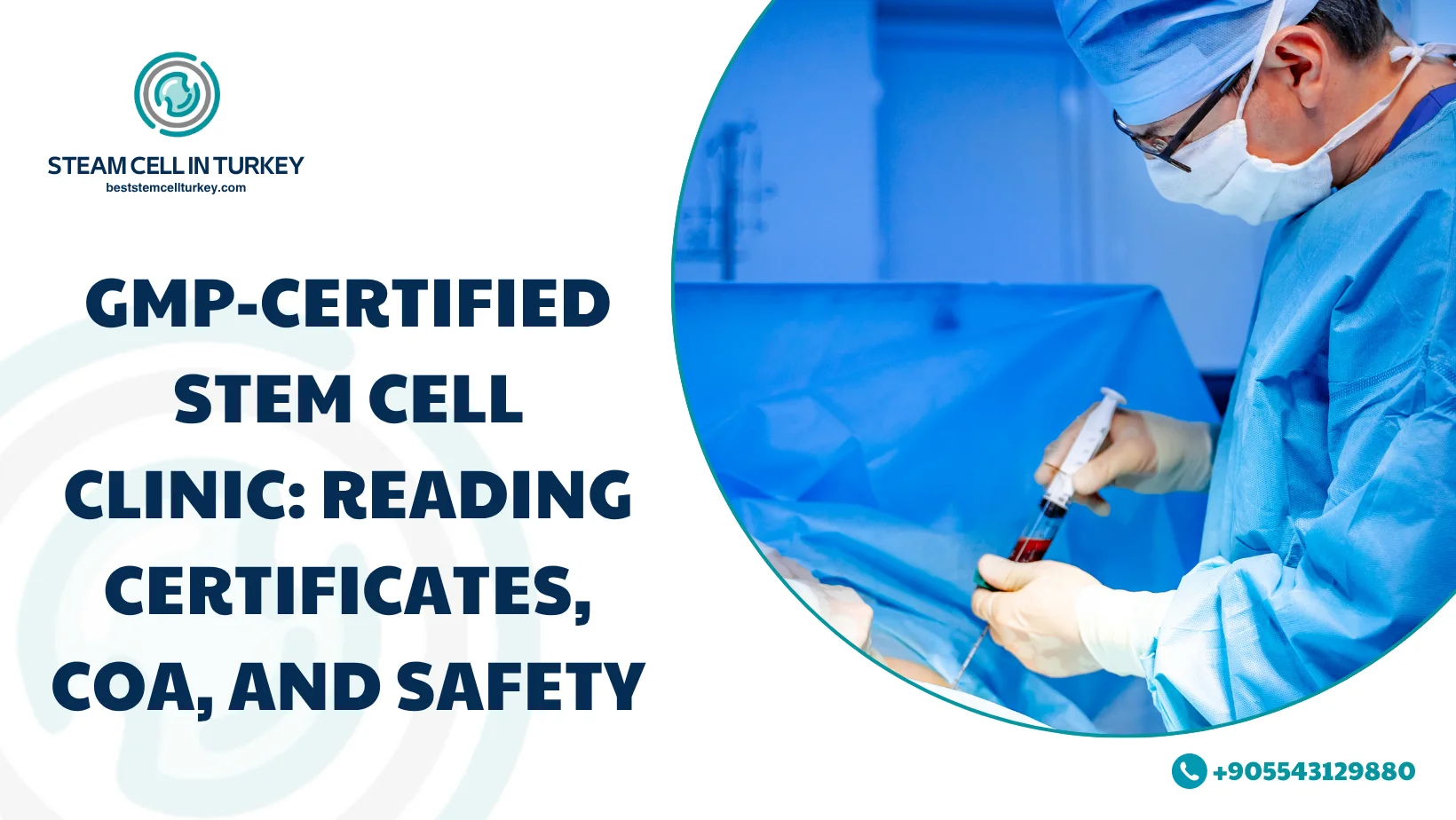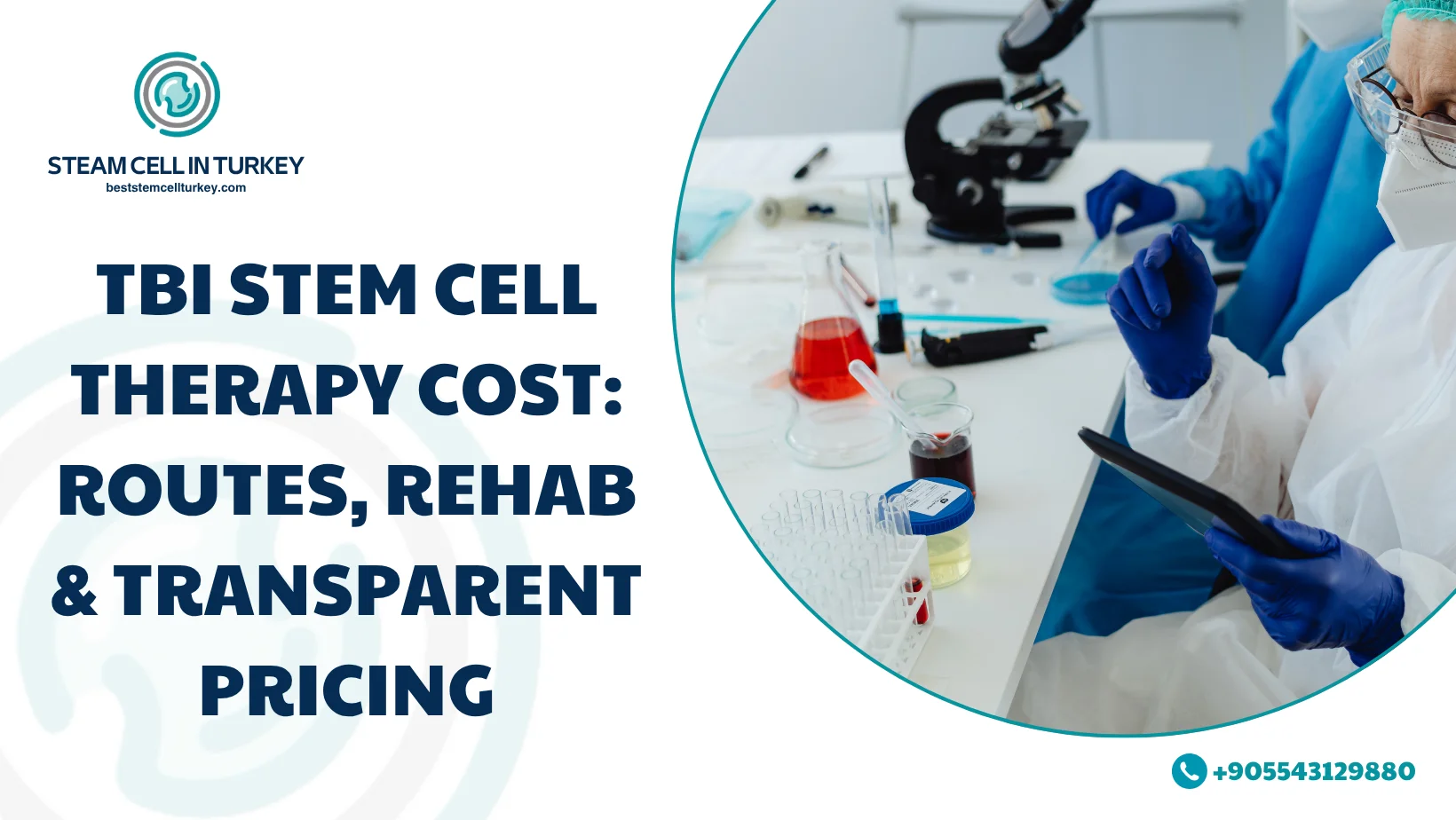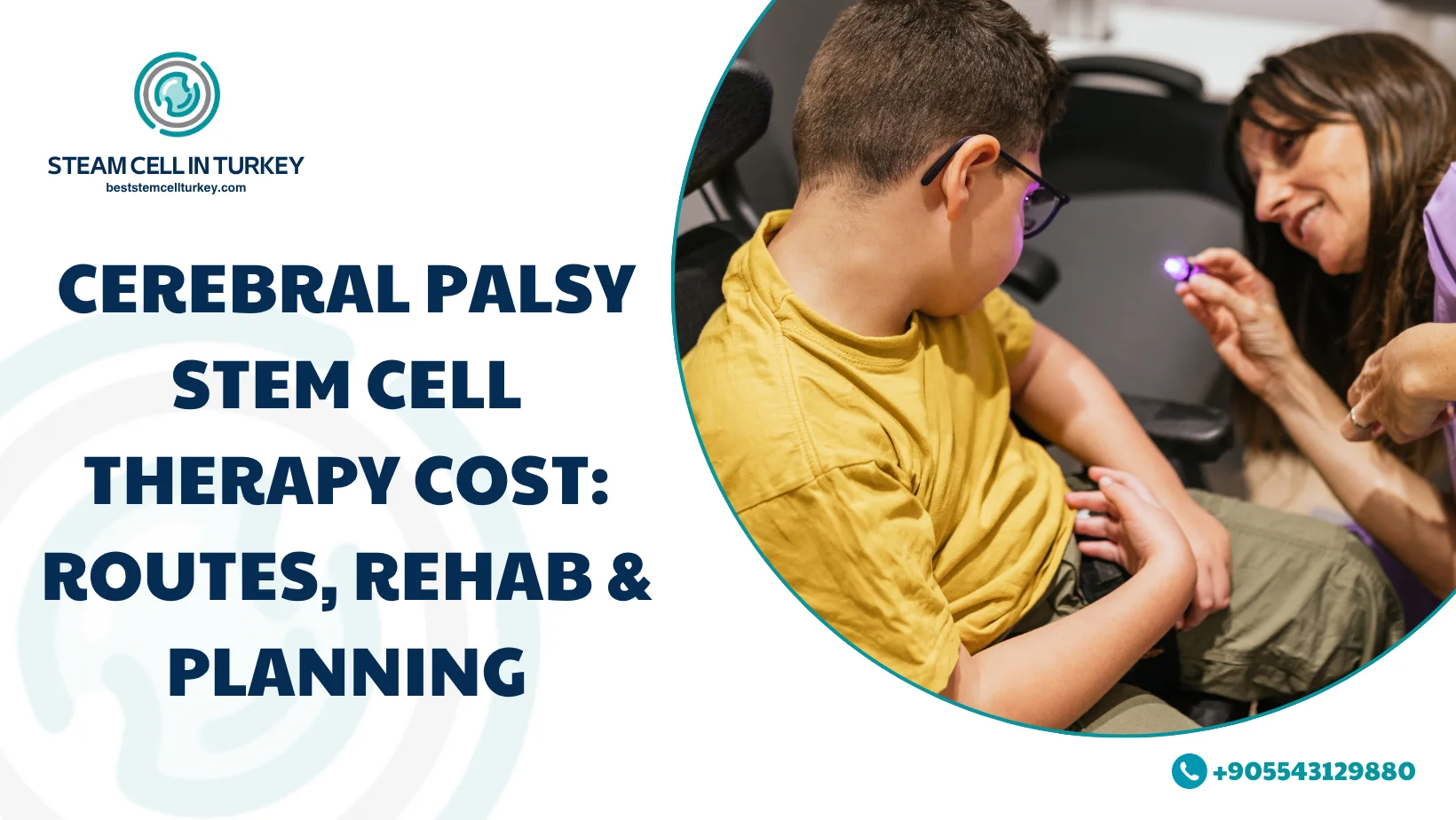Choosing a clinic for advanced regenerative care isn’t just about price—it’s about proof. This page shows you how to evaluate a GMP-certified stem cell clinic using documents you can actually read: the GMP certificate, a sample Certificate of Analysis (COA), and evidence of chain-of-custody and adverse-event reporting. You’ll know exactly what to ask for, why it matters for safety and consistency, and how to compare clinics worldwide with confidence. Patients pick Best Stem Cell Turkey because we pair best-in-class value (we aim to offer the best price at the highest quality) with documentation you can verify before you book.
How to read a GMP certificate (what to look for and why)
A credible clinic will share its lab’s GMP certificate (with sensitive details redacted as needed). When you read it, confirm:
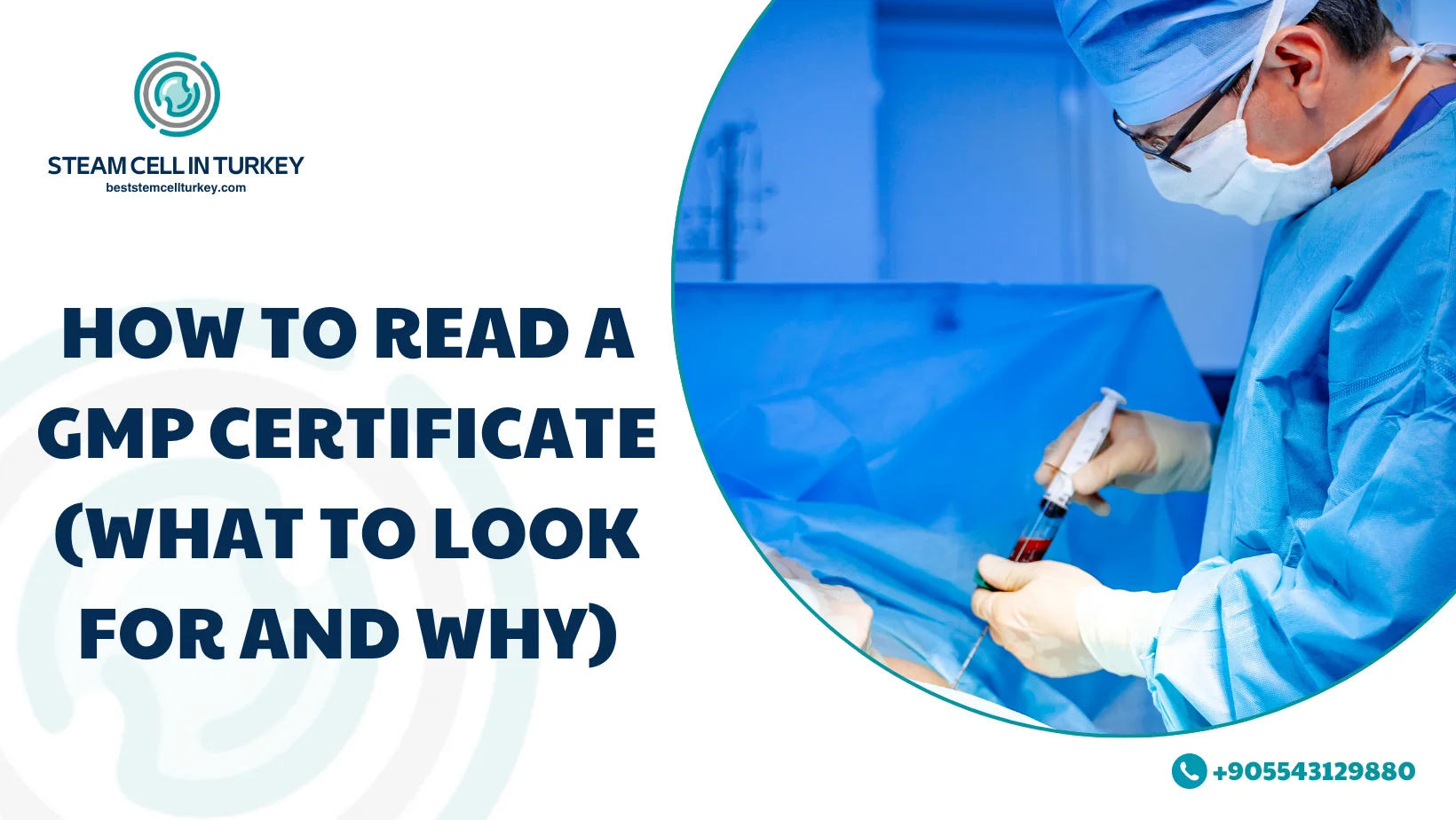
-
Issuing authority & scope. Check who audited the facility and what operations the certificate covers (e.g., aseptic processing for cell products). In Europe, sterile manufacturing expectations are set by EU GMP Annex 1; global inspectors also rely on PIC/S GMP harmonized guidance.
-
Dates & validity. Look for the inspection date, effective date, and expiry/next audit window. Annex 1 revisions came into operation in August 2023 (with one point extended to August 2024), so certificates and SOPs should reflect current expectations for sterile workflows and contamination control strategies.
-
Referenced standards. Beyond GMP, reputable facilities align their biobanking and traceability practices with standards like ISO 20387 (Biobanking) to ensure competence, impartiality, and consistent operations.
Tip: If the certificate’s scope doesn’t clearly cover your product and process (e.g., umbilical-cord–derived MSC processing, aseptic filling, environmental monitoring), ask for written clarification.
How to read a COA (Certificate of Analysis) for a cell product
A COA is batch-specific proof that release criteria were met. Ask for a sample COA with the following typical elements explained in plain language:
-
Identity markers (flow cytometry panel appropriate to the product),
-
Viability (e.g., trypan blue/validated assay) with minimum acceptance criteria,
-
Sterility & microbial testing (e.g., USP/Ph. Eur. sterility tests, endotoxin limits, mycoplasma testing),
-
Cell count & dose (e.g., “million cells” per vial/session),
-
Storage/handling (temperature range, thaw instructions),
-
Deviations (if any) and how they were handled.
European and international guidance emphasize robust sterile manufacturing controls (Annex 1/PIC/S) and quality systems for release; your clinic should be able to explain each COA line item and the acceptance thresholds in non-technical terms.
Chain of custody & traceability (from donor to bedside)
Ask the stem cell clinic to describe, in writing, how material is tracked end-to-end:
-
Donor screening (for allogeneic sources), consent, and qualification records,
-
Unique lot/batch IDs with temperature logs (cold chain) from processing to administration,
-
Two-person verifications and barcode checks at issue/thaw,
-
ISO 20387-aligned documentation for archival and audit readiness.
Why it matters: chain-of-custody is your protection against mix-ups, temperature excursions, and undocumented handling steps. Modern GMP/biobanking frameworks demand this traceability for quality and patient safety.
Adverse-event reporting: what a responsible clinic does
Reputable programs maintain a formal pharmacovigilance process and tell you exactly where events are reported:

-
In the U.S., serious problems with biologic products can be reported through FDA MedWatch; clinics should know how to file and advise patients on reporting routes.
-
In the EU, reports feed into EudraVigilance systems managed by EMA; clinics packaging care for international patients should understand this landscape.
If a clinic cannot explain its adverse-event process—or dismisses the need to report—treat that as a red flag.
Pricing transparency that matches the paperwork
Documentation is only half the equation; the quote must be apples-to-apples:
-
Compare cost-per-million-cells alongside inclusions: pre-procedure review, clinical procedures, image guidance, standard follow-ups, and supplies.
-
Note optional add-ons (PRP/exosomes, extended rehab, companion logistics).
-
Expect clear policies on financing, cancellations, and rescheduling.
→ See our Cost Hub for how we standardize quotes—and how to compare them fairly across countries. Regulatory guidance from FDA/EMA and ISSCR also underscores the need for clear, truthful communication around these products.
Why patients choose Best Stem Cell Turkey
-
Best price at the highest quality. We pair globally competitive pricing with GMP-grade safeguards and documentation you can read before you travel.
-
GMP transparency. You’ll see how our process maps to Annex 1/PIC/S expectations and how our COA confirms identity, viability, sterility, and handling.
-
Concierge experience. Time-zone smart booking, secure uploads, and expert travel support—plus direct access to clinician credentials on our Doctor Bios page.
Limited-Time Value: Proof before promises
When it comes to stem cell care, patients deserve more than marketing—they deserve evidence and clarity. That’s why patients worldwide recommend Best Stem Cell Turkey.
We combine:
-
Best-in-Class Value – Globally competitive pricing with no compromise on quality.
-
GMP-Grade Documentation – Batch-level transparency you can read and verify.
-
Concierge Support – Seamless scheduling, secure uploads, and full travel assistance.
With us, you can:
-
Plan smarter
-
Save more
-
Start sooner
→ Book a Free Consultation · See Financing · Compare Packages
FAQs about GMP-Certified Stem Cell Clinic
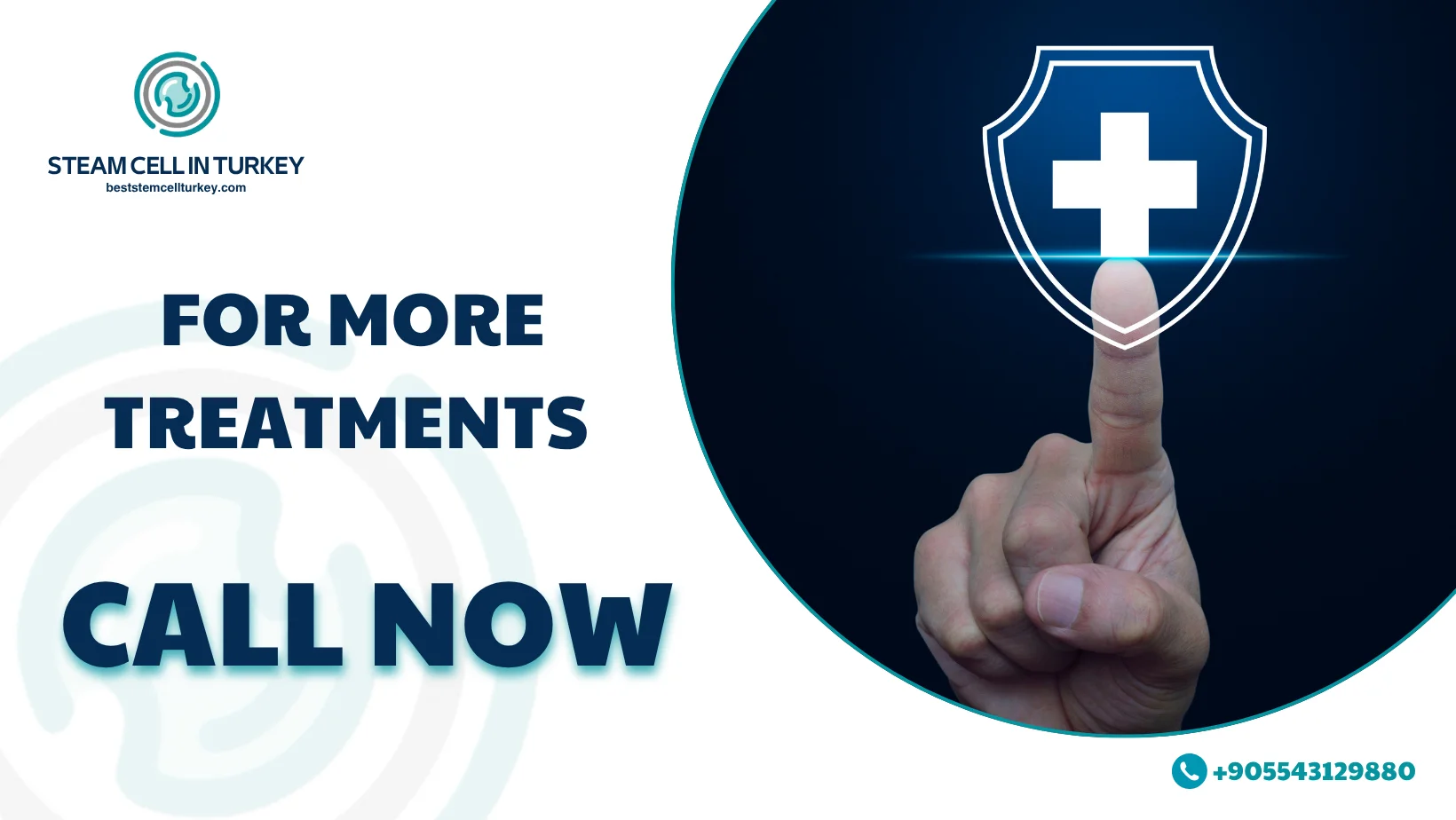
1) Is a “GMP certificate” enough on its own?
No. It must be current, cover the right scope, and be paired with COA evidence for your specific batch. Ask how the certificate maps to actual steps (e.g., aseptic filling, environmental monitoring under Annex 1).
2) What should a COA include for a cell product?
Identity testing, viability, sterility, endotoxin/mycoplasma results, dose (cells per vial/session), storage/handling instructions, and notes on any deviations. Staff should explain each result and its acceptance threshold.
3) How do I verify chain-of-custody?
Ask for written SOPs describing donor screening, lot IDs, temperature logs, two-person checks, and archival practices aligned to ISO 20387 biobanking principles.
4) Where are adverse events reported?
In the U.S., through FDA MedWatch; in the EU, via EudraVigilance. Reputable clinics can show their internal process and timelines for reporting and follow-up.
5) Are these therapies approved everywhere?
No—regulatory status varies. That’s why FDA/EMA advisories and ISSCR guidelines stress truthful, cautious communication and avoidance of unproven claims. Your clinic should echo this in writing.
Sources (scientific, regulatory & quality standards)
-
FDA — Important Patient & Consumer Information About Regenerative Medicine Therapies (regulatory cautions): U.S. Food and Drug Administration
-
FDA — Consumer Alert on Regenerative Medicine Products (including stem cells and exosomes) (risk awareness): U.S. Food and Drug Administration
-
EMA — Advanced Therapy Medicinal Products (ATMPs): Overview (EU cell/gene framework): الوكالة الأوروبية للأدوية
-
EU GMP Annex 1 — Manufacture of Sterile Products (sterility expectations & timelines): Public Health
-
PIC/S Guide to GMP (harmonized GMP guidance): (TGA)
-
ISO 20387:2018 — Biotechnology: Biobanking (traceability & competence): ISO
-
FDA — MedWatch (Reporting Serious Problems to FDA): U.S. Food and Drug Administration
-
EMA — EudraVigilance (pharmacovigilance reporting): الوكالة الأوروبية للأدوية
-
ISSCR — Guidelines & Patient Resources: isscr.org
Ready to plan with confidence?
→ Book a Free Consultation
→ Explore Financing Options
→ contact with us via what’s up

